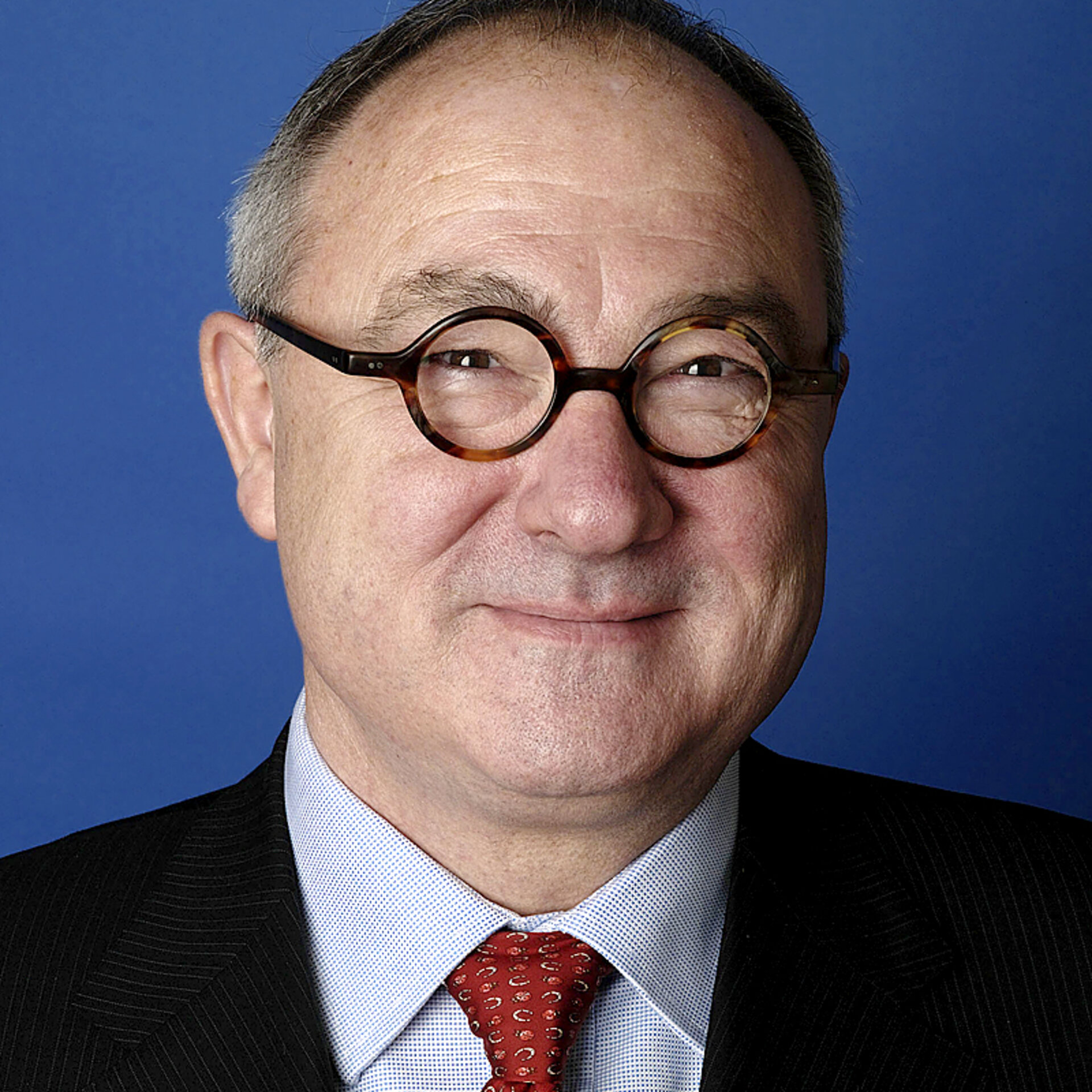ESA DG shares 30 years of experience
With Jean-Jacques Dordain’s term as ESA Director General coming to a close in June, the Royal Aeronautical Society Space Group has invited Mr Dordain to share his experiences of working at the Agency in London on 20 May.
The lecture will take place at 4 Hamilton Place, W1J 7BQ on Wednesday 20 May at 18:00 BST (doors open at 17:30 BST).
All society lectures are free and open to both Members and Non-Members. Owing to the expected high demand, it is advisable to register via the website. Alternatively, send your name and contact details to conference@aerosociety.com to reserve a place.
The lecture will also be live streamed via YouTube. Details on live streaming will be announced on the website at 17:45 BST on 20 May.
Since Mr Dordain joined the Agency in 1986 as Head of the new Department for the Promotion and Utilisation of the International Space Station, ESA has grown from 11 member states and one partner (NASA) to 22 member states and many more partnerships, including the USA, Russia, China and Japan.

In July 2003, Mr Dordain was appointed as ESA’s Director General. Since then he has been reappointed in twice to the position by the ESA Council.
As DG, Mr Dordain has nurtured ESA’s relationship with the EU and its institutions. Within the ESA/EU framework agreement established in 2004, ESA and the European Commission have drawn up a European Space Policy as a common political framework for space activities in Europe.
ESA is managing the technical development of the EU’s two space programmes: Galileo for satellite navigation, and Copernicus for global monitoring of the environment and security.
While at the helm of ESA, Mr Dordain has presided over a long string of successful Ariane launches carrying important space science missions, such as the Rosetta comet chaser (2004) and the Herschel and Planck cosmic explorers (2009).
In addition, a number of key Earth observation satellites have been put into orbit providing unique data to the scientific communities for understanding and monitoring Earth’s environment and climate change, such as GOCE (2009) to study Earth’s gravity field, SMOS (2009) to investigate soil moisture and ocean salinity, and CryoSat (2010) to study floating ice in the polar oceans and ice sheets.
Proba-V, a miniaturised satellite to map land cover and vegetation growth across the entire planet, was launched on a Vega rocket in early 2013.
In human spaceflight, after the launch of the Columbus laboratory to the International Space Station in 2008, five Automated Transfer Vehicles delivered essential supplies to the Station.
The first launch of Soyuz from Europe’s Spaceport in French Guiana (October 2011) and the maiden flight of the Vega small launcher (February 2012) are important achievements.
Mr Dordain has been instrumental in sealing several Public–Private Partnerships with industry and commercial operators. Notable examples are the Hylas-1 broadband telecommunications satellite (2010) with Avanti Communications; the Alphasat high-power telecommunications platform (mid-2013) with CNES and Inmarsat; the European SmallGEO geostationary platform for telecom missions with Hispasat (slated for 2015) and the European Data Relay System (also 2015) for high-speed data services with Airbus and Eutelsat.




